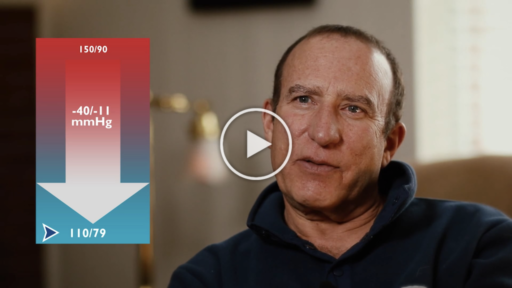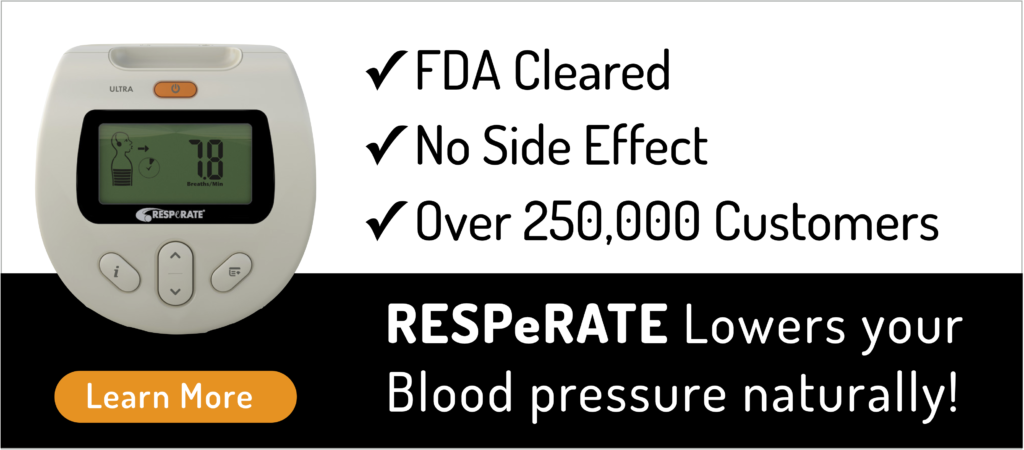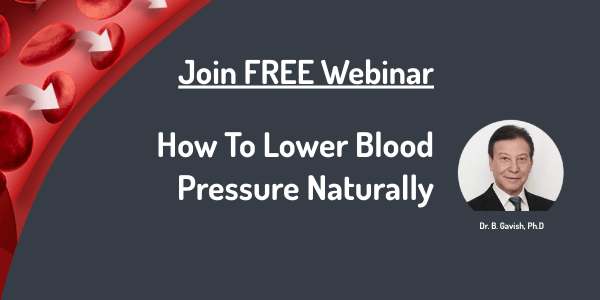Insomnia A Chronic Problem
In the U.S., 40 million people suffer from chronic long-term sleep disorders each year, says the Centers for Disease Control and Prevention, while an additional 20 million people experience occasional sleep problems.
Stimulants such as coffee and energy drinks, alarm clocks, and external lights, interfere with our “circadian rhythm,” also known as our natural sleep/wake cycle. This is why sleep deprivation is becoming more common. Although research cannot pinpoint the exact amount of sleep needed by people at different ages, eight or so hours for a healthy adult is a good “rule of thumb”. This is according to the National Sleep Foundation.
The 21st century’s digital revolution has made it increasingly difficult to get a sufficient amount of sleep. This has been related to our constant need to be connected 24/7. However, Dr. Andrew Weil is a huge advocate of holistic breathing practices. He uses these to combat stress, anxiety, and insomnia. He believes this can all be remedied with a simple breathing exercise.
The Power of Breathing
On his website, he writes: “Breathing strongly influences physiology and thought processes, including our moods. By simply focusing our attention on our breathing and without doing anything to change it, you can move in the direction of relaxation.”
This same philosophy is used in his well-known “The 478 Breathing Exercise,” also called “The Relaxing Breath”, which promotes better sleep. This is based on pranayama, an ancient Indian practice that means “regulation of breath.” The exercise is described by Weil as “a natural tranquilizer for the nervous system”. This breathing cycle eases the body into a state of calmness and relaxation.
Kevin Meehan, a holistic practitioner and founder of Meehan Formulations in Jackson, Wyo., believes this breathing technique could be effective because it encourages the fast removal of carbon dioxide.
Appropriate respiration is effective in removing carbon dioxide from our systems. “Doing so equates into better preservation of the bicarbonate pool; our reservoirs for helping maintain an appropriate pH balance,” Meehan told Medical Daily in an email.
Watch How Mark Lowered His Blood Pressure Naturally. It was 150/100, this morning it was 110/79 Watch Video
The 4-7-8 Breathing Exercise
The technique is shockingly simple, takes hardly any time, and can be done anywhere in five steps. Although you can do the exercise in any position, it’s recommended to sit with your back straight while learning it.
Weil explains to “place the tip of your tongue against the ridge of tissue just behind your upper front teeth and keep it there through the entire exercise. You will be exhaling through your mouth around your tongue; try pursing your lips slightly if this seems awkward.”
This is followed by the five-step procedure listed below:
- Exhale completely through your mouth, making a whoosh sound.
- Close your mouth and inhale quietly through your nose to a mental count of four.
- Hold your breath for a count of seven.
- Exhale completely through your mouth, making a whoosh sound to a count of eight.
- This is one breath. Now inhale again and repeat the cycle three more times for a total of four breaths.
Dr. Weil recommends using the technique at least twice a day to start seeing the benefits sooner. He also suggests that people avoid doing more than four breath cycles in a row until they have more practice with the technique.
A person may feel lightheaded after doing this for the first few times. Therefore, it is advisable to try this technique when sitting or lying down to prevent dizziness or falls.







 Download Brochure
Download Brochure
Does resperate help sleep, and how.
Hi Sylvia, RESPeRATE uses the power of therapeutic breathing to access you parasympathetic nervous system. This causes deep relaxation. So most people who use it before bedtime find they sleep much better at night. Kindest Regards, Eli.